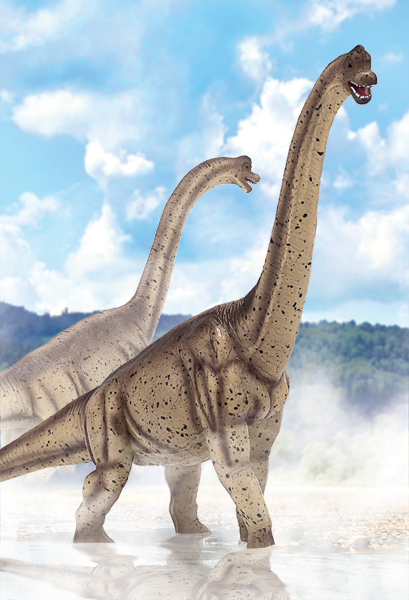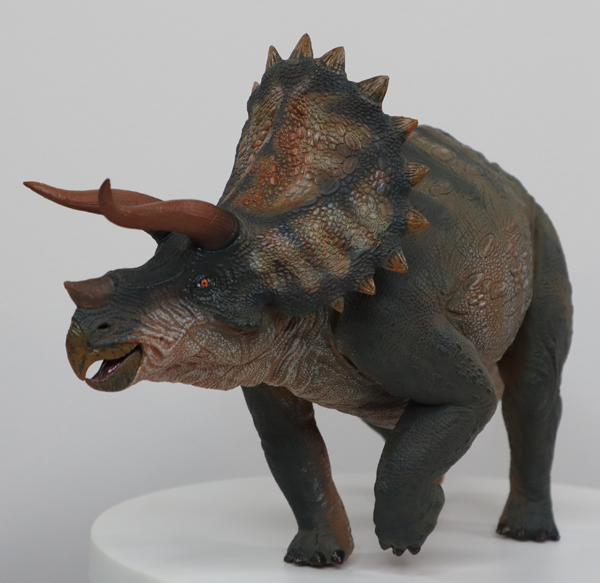How Far Might Plant-eating Dinosaurs Have Dispersed Seeds?
How Far Might Plant-eating Dinosaurs Have Dispersed Seeds?
During the imposed lockdown due to COVID-19 lots of people have attempted to learn new skills, perhaps studying a musical instrument, mastering a new language or taking an on-line course as part of a planned career move.
Studying Plant-eating Dinosaurs
For Professor George Perry of the School of the Environment at the University of Auckland, time away from his students gave him the opportunity to conduct a study into the pooping habits of plant-eating dinosaurs. This is not simply a case of an educated man with too much time on his hands but a serious examination in the role played in seed dispersal by ancient megaherbivores.
How Far Might Plant-Eating Dinosaurs Have Dispersed Seeds?

A scientist has examined the role large, herbivorous dinosaurs may have had in the dispersal of seeds.
The picture (above) shows a Mojo Fun sauropod figure.
To view this extensive range of dinosaur toys: Mojo Fun Dinosaurs.
Plotting Frequency of Pooping Against Walking Speed
Herbivores play and important role in seed dispersal in modern ecosystems and it has been proposed that herbivorous dinosaurs might have been important seed dispersal agents in the Mesozoic. It is likely that a proportion of the plant seeds ingested by plant-eating dinosaurs would have passed through the gut, ending up being deposited with a helpful quantity of dung to act as fertiliser.
How far dinosaurs of different body sizes might have dispersed seeds remains uncertain.
Professor Perry modelled the likely travelling speeds of various dinosaurs along with the likely frequency of defecation (both factors that can be estimated based on an assessment of body mass).
It is known that large vertebrates are capable of transporting seeds considerable distances. For example, African elephants (Loxodonta africana africana) can deposit seeds as a far away as 36 miles (60 kilometres), from their parent plant. Using statistical analysis to assess the spread of seeds from members of the Dinosauria, Professor Perry concluded that the simulations demonstrated that dinosaurs likely moved some seeds very long distances, comparable distances to those observed in extant megaherbivores.
It is not possible to infer from the fossil record the effect on germination on seeds having passed through the gut of a dinosaur, or indeed, whether plants evolved seed dispersal strategies to take advantage of browsing and grazing dinosaurs, but this research does suggest that dinosaurs such as Triceratops and Stegosaurus may have spread seeds around 20 miles (more than 30 kilometres) away from their parent plants.
A Champion at Seed Dispersal (Triceratops)

The Triceratops model (Heavy Lance – Tricolor) in anterior view. Picture credit: Everything Dinosaur.
Picture credit: Everything Dinosaur
The image (above) shows a Rebor Triceratops dinosaur model.
To view this range of prehistoric animal models and figures: Rebor Prehistoric Animal Models.
The scientific paper: “How far might plant-eating dinosaurs have moved seeds?” by George L. W. Perry published in Biology Letters.
Visit the Everything Dinosaur website: Dinosaur Toys and Prehistoric Animal Toys.

